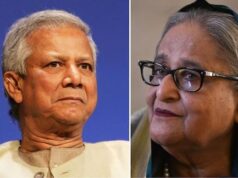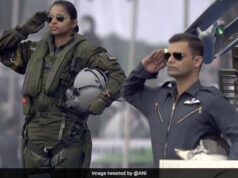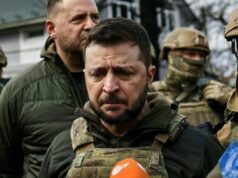The inside story: Mashkoh– Kargil as I saw it # 7
By
Brig Umesh Singh Bawa Vrc, SM
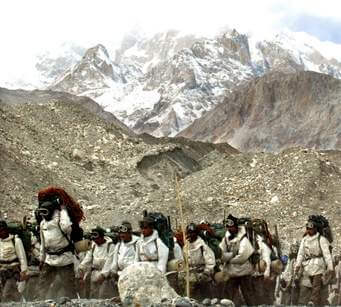
17 Jat reached Matayan on 24 May. On 25 May, the battalion was tasked to capture Point 4540 as a prelude to capturing Point 4875. Information given to me by higher headquarters was that Point 4875 was probably held by 8 to 10 enemy intruders. The next day, on 25 May last light, we shifted to Mashkoh valley. Brigade headquarters located themselves at 8r, where the road ended and my unit located itself approximately 500 meters ahead of 8r, connected by a mule track. It was our so-called assembly area (AA). This time we were careful to move at night to prevent enemy observation and fire.
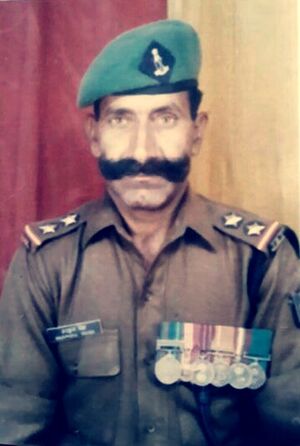
On the next day (26 May), I took B company commander, Major DS Punia and his platoon commanders Subedar Bhana Ram, Subedar Desh Ram and Subedar Harphool Singh, to the base of Mashkoh valley. I showed the objective and the approach to Point 4540. We were not aware of the enemy presence on Point 4540 but were tasked to occupy it as it offered a tactical advantage for further operations towards the capture of Point 4875. To the north of Point 4540 was Saddle and Rocky Knob.
B Company was tasked to capture Point 4540 by 0500 hours on 29 May and further exploit up to Rock Knob. The company commander Maj DS Punia left Mashkoh village at 2100 hours on 26 May and established a patrol base 500 meters short of the south spur. Recce patrols were activated to gain information about the objective and confirm the suitability of the approach for assault. In the meanwhile, the company’s second line ammunition and rations were built up at the patrol base. Confirmatory patrols were sent the next night to confirm the information of the first patrol. The company kept lying silently at the patrol base for two days, hiding behind the boulders.
The attack was planned in three phases. Phase one was to capture southern slope by 0100 hours 29 May by one platoon. The second phase was the capture of Point 4540 by another platoon by 0500 hours 29 May. Phase three was to exploit further and occupy Rocky Knob by 0500 hours on 30 May by another platoon. C company under Major Padam Janghu was kept in reserve at the Mashkoh valley base. Depending upon the progress of the battle of B company, the C company was to be employed further for the capture of Point 4875 subsequently.- Advertisement –
The first operation of the unit was code-named, ‘Operation Digvijay’, rightly so as the name of the company commander was Maj Digvijay Singh Punia. No 6 platoon under Sub Bhana Ram left the firm base at 2000 hours on 28 May for the capture of the southern spur. Own mortars started intense shelling at 2000 hours when the platoon was leaving the release point. Under heavy fire from company firebase and own fire of assaulting troops, after firing few shots enemy withdrew to Point 4540 leaving behind some ammunition.
Now the company firm base shifted to the southern spur, and firebase was also established there by No 6 platoon. After that, Major Punia attacked Point 4540 with No 5 platoon under Subedar Deshram. Leading sections of the platoon came under active fire of the enemy from Point 4540. The company firebase brought down covering fire on the enemy at Point 4540. Under increased pressure from leading sections of the assaulting platoons, the enemy withdrew to area Saddle. Point 4540 was captured by 0200 hours. Hurray! That was the first success of the battalion, and everyone was quite upbeat about it.
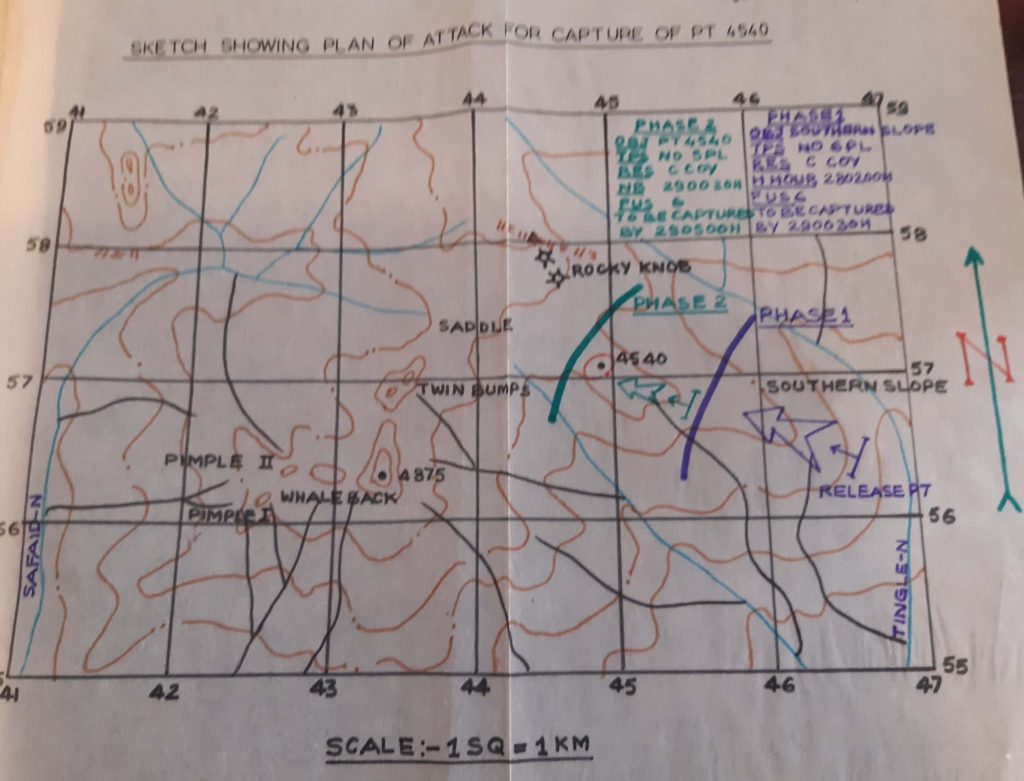
Approach to Rocky Knob was through area Saddle. Recce carried out in area Saddle revealed the existence of one sangar in the area. We had no idea whether Rocky Knob was held or not. The direct route to Rocky Knob was not feasible due to sheer rock faced climb. So, the patrol decided to approach it from the western side through area Saddle. After the capture of Point 4540, No 4 platoon of Subedar Harphool Singh was tasked to clear the sangar at the Saddle and then occupy Rocky Knob. Company firebase was established at Black Rock which was approximately 400 meters north-west of Point 4540. The area Black Rock was first secured by No 6 platoon before the establishment of the company firebase. No 4 platoon under Sub Harphool left Point 4540 at 2000 hours 29 May. H hour (time to attack) was 0300 hours 30 May. Platoon advanced 100 meters short of the objective and was trying to neutralise the sangar when it came under the effective fire of seven more machine guns located there. Initially, the enemy opened up with tracers and after that eight MMGs/UMGs opened up on the platoon—own automatic weapons from the firebase, fired at the enemy. But the enemy forces were well entrenched on the Saddle and were keeping a close watch on the movement of the Indian soldiers. It was a hellacious barrage of fire unleashed by the enemy. Subedar Harphool and his platoon were taken by surprise. They quickly organised themselves, took positions and retaliated forcefully against the enemy. A fierce gun battle followed after that with the heavy exchange of fire. The shooting continued from both sides. It was a substantial firefight. A volley of gunfire rattled back and forth between the patrol and the enemy positions.
The platoon commander was shaken up. It had been his first real firefight. Subedar Harphool and his men were outnumbered and got encircled by the enemy forces. Sub Harphool got hit by a bullet in his arm but undeterred; he kept firing at the enemy soldiers and motivating his men to fight back. He got hit by two more shots on his head and third on the chest and collapsed on the ground. He was martyred, but his soldiers inspired by his gallantry and courage kept up the ferocity of the attack. Along with him, five more soldiers were martyred fighting valiantly.- Advertisement –
After the leader and his five men were martyred, there were approximately ten others who were injured with gunshot wounds. The attack had to be called off because of casualties and injuries. The rest of the men found their way back to the company headquarters or the battalion headquarters, while some reported to the regimental aid post for first aid. The platoon got disintegrated and split into smaller groups to escape the deadly fire. It took me 24 hours to get hold of this platoon before I realised that I had lost six brave soldiers and ten injured. The platoon was bloodied so severely that it finally hit me what we were really up against. With virtually no cover and intruders entrenched all across the ridge in sangers, the advance was stopped even as it began.
The other two platoons of the company kept on holding Point 4540, even under enemy gunfire and a mounting barrage of artillery fire, pinpointed by observation posts on the heights of Point 4875 and Tiger Hill to the east. I wish to mention here that fire control of the enemy needs to be appreciated and a special mention here. They were keeping a close watch on the movement of our troops discretely. They opened fire only when our platoon was 100 meters away, to ensure surprise, shock action and maximum casualties. Till the medium machine guns opened fire, our platoon was utterly unaware of enemy defences/ positions in that location. My platoon should have been more cautious of the enemy presence in that area and probably taken more time to assess the presence of the enemy by discreet observation /speculative fire drills, before walking into the enemy trap.
A word about Subedar Harphool: he belonged to a low-income family, who could not afford his education beyond 8th class. He was always keen to join the Armed Forces. Therefore, he applied for the army job without informing his family. Consequently, he joined the army at the age of 19 years on 04 August 1971. He was enrolled into 17 Jat, an infantry battalion known for its fearless soldiers in various battles. I also wish to mention that Subedar Harphool had got an appointment for the treatment of his son in a city in south India. It took him almost a year for him to do that as it was a grave issue, and it was the only hospital at that time where the required treatment was available. The appointment coincided with the B company operations. The company commander asked him to proceed on leave after taking due permission from the commanding officer. But he refused the offer saying that he would not leave his platoon and his men at this juncture when the unit requirement was critical. It shows the dedication of the JCO towards his responsibility as a junior leader. His dream of taking his son for treatment could never materialise.
Have you ever wondered, why the soldiers fight, and why do they not run away? Logically, it is foolish and absurd to attack up a hill/mountain when the enemy guns are blazing from the top and there is no place to take cover. Yet soldiers happily do it every time they are ordered to do so, fully knowing the disastrous outcome of such acts would be loss of life/limb/grievous injuries. Soldiers fight intoxicated by emotions to safeguard their unit’s izzat, but a military leader leads them by logic and reasoning. A tactical commander is fully aware of what he is ordering his men to do and what price he would pay. It is the pride of command and sense of duty that makes a military leader fight the enemy, unmindful of his safety unlike any other civilian.

